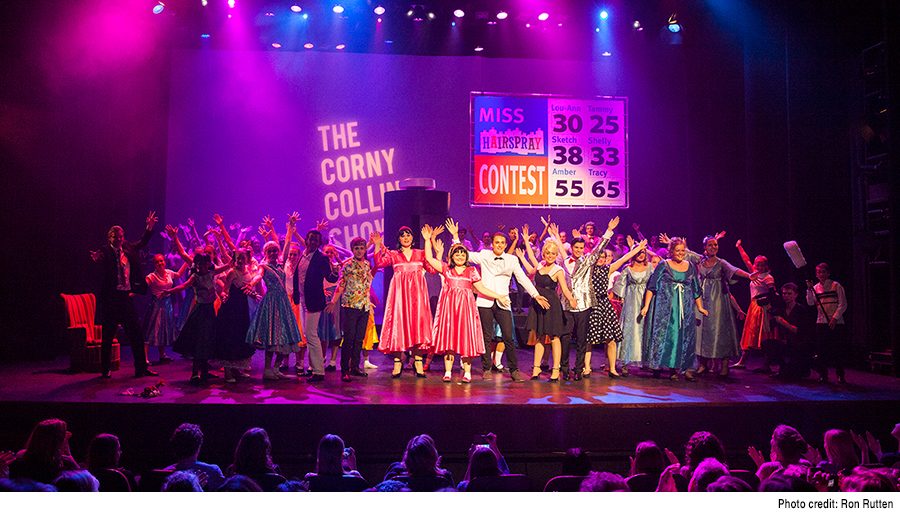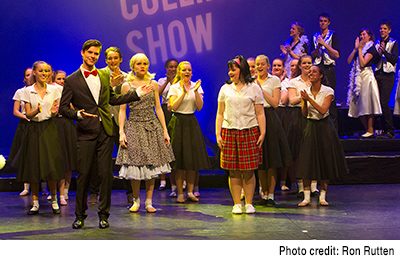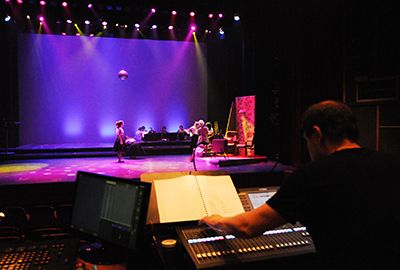Yamaha QL5 Has Firm Hold Of The Sound Of Hairspray

Despite only being launched at ProLight+Sound last month, the rapid shipping time of Yamaha’s new QL series digital mixing consoles means that they are already at work on productions. One of the first was in the Netherlands, where a high school production of Hairspray was lucky enough to enjoy all the benefits of QL technology.

Kater Audio Techniek is a small production company, based in the Dutch towns of Hillegom and Nieuw-Vennip, which does live sound for mainly theatrical productions. Run by founder and audio engineer Gijs Kater with a group of dedicated freelancers, the company’s fleet of Yamaha LS9s is always out on the road.
A confirmed fan of the LS9, Gijs was present at the ProLight+Sound launch of the QL series. This was, he says, followed by a sleepless night as he studied every detail of the new consoles. The next day he returned to the Yamaha stand and placed an order for the Netherlands’ first QL5. Produced by the Titus Brandsma Lyceum high school in the Dutch city of Oss, the production of Hairspray took place in the city’s Theater De Lievekamp over four days in early April.

The QL5 was used for the main mix, monitors and sound effects. 54 channels of wireless microphones were input, most via onstage Yamaha Rio3224-D and 1608-D i/o units, while the console’s local inputs were also used for the stereo output from a small sub-mixer. Gijs ran the show’s many sound effects from a flash drive plugged into the QL5’s USB socket. A CD player was also connected via the console’s GPI interface for playback, allowing it to be part of the show’s scene automation.
“Having enough time to program the many scenes for a large, low budget production like this is always difficult,” says Gijs. “Over the years I found that the LS9 was the quickest console to achieve this on and it always fitted the budget. But the QL5 takes it to the next stage. Working with it was very fast, pre-programming using Yamaha’s QL Editor software made a big difference and it was very quick to set up the various inputs. It made a complex setup very relaxed.”
He continues, “It’s also really powerful and the sound is extremely good. The QL5 runs at 48kHz, but it sounds better than mixers of other brands running at 96kHz. This was the first production we had used it on and it has already completely proved itself to us.”


